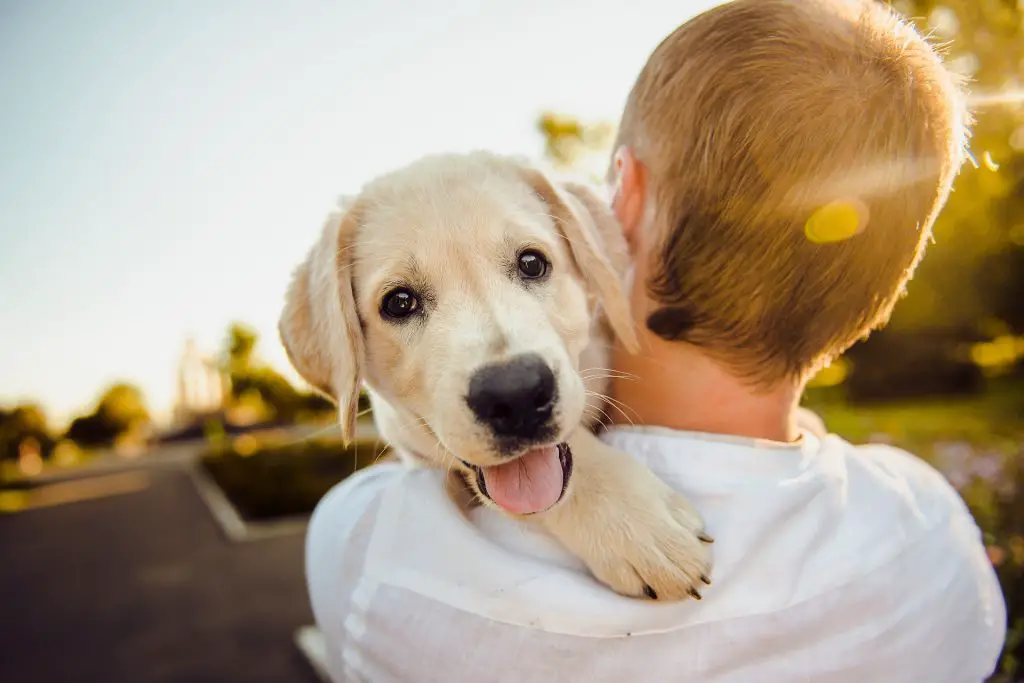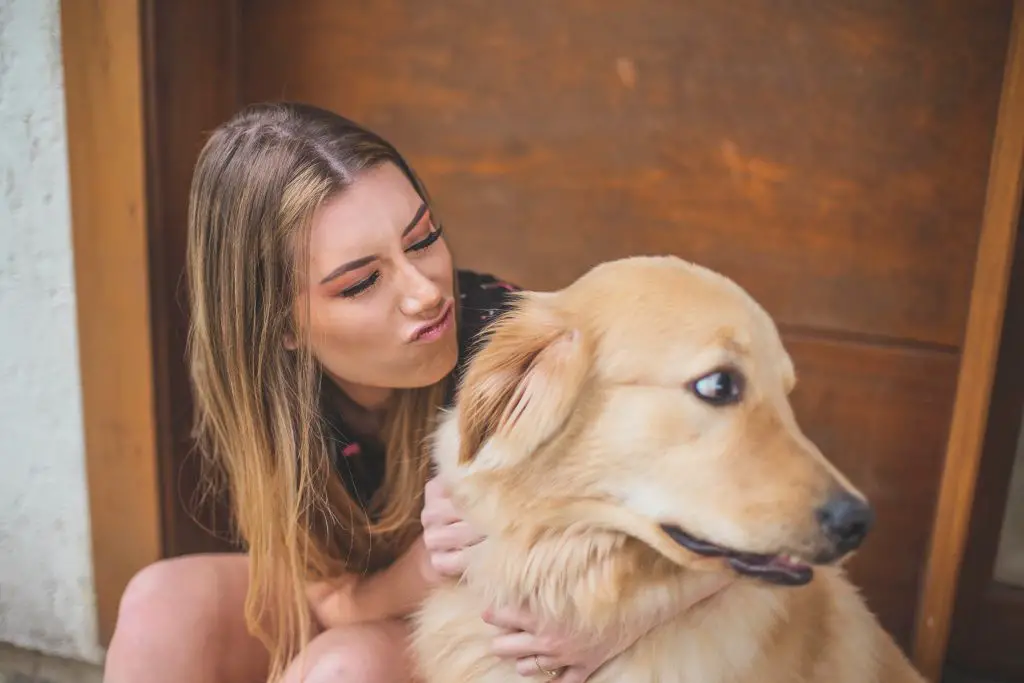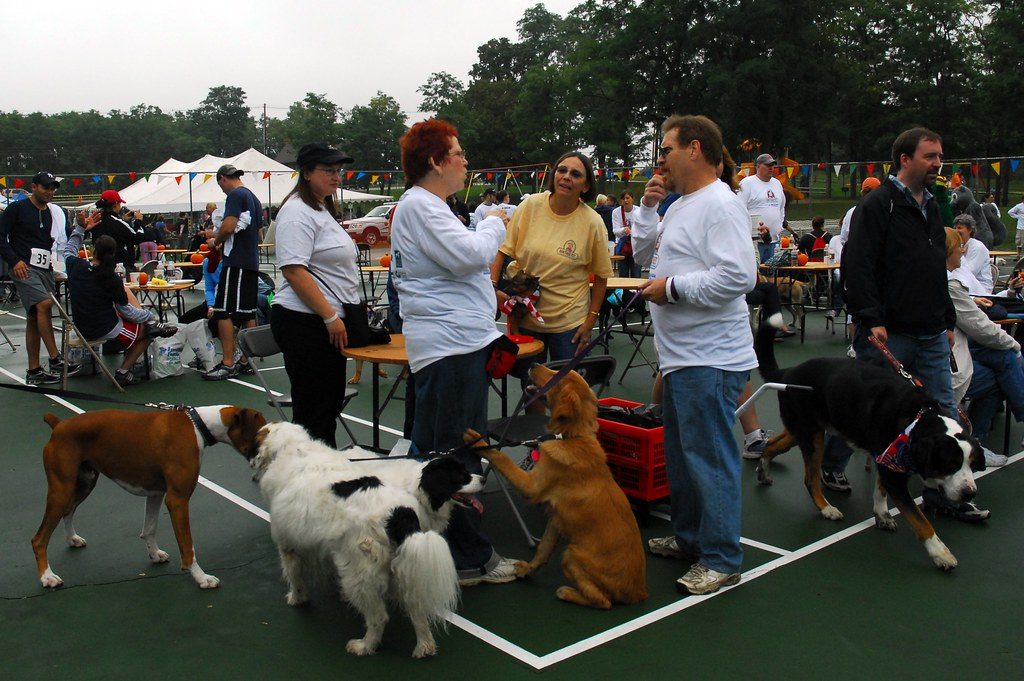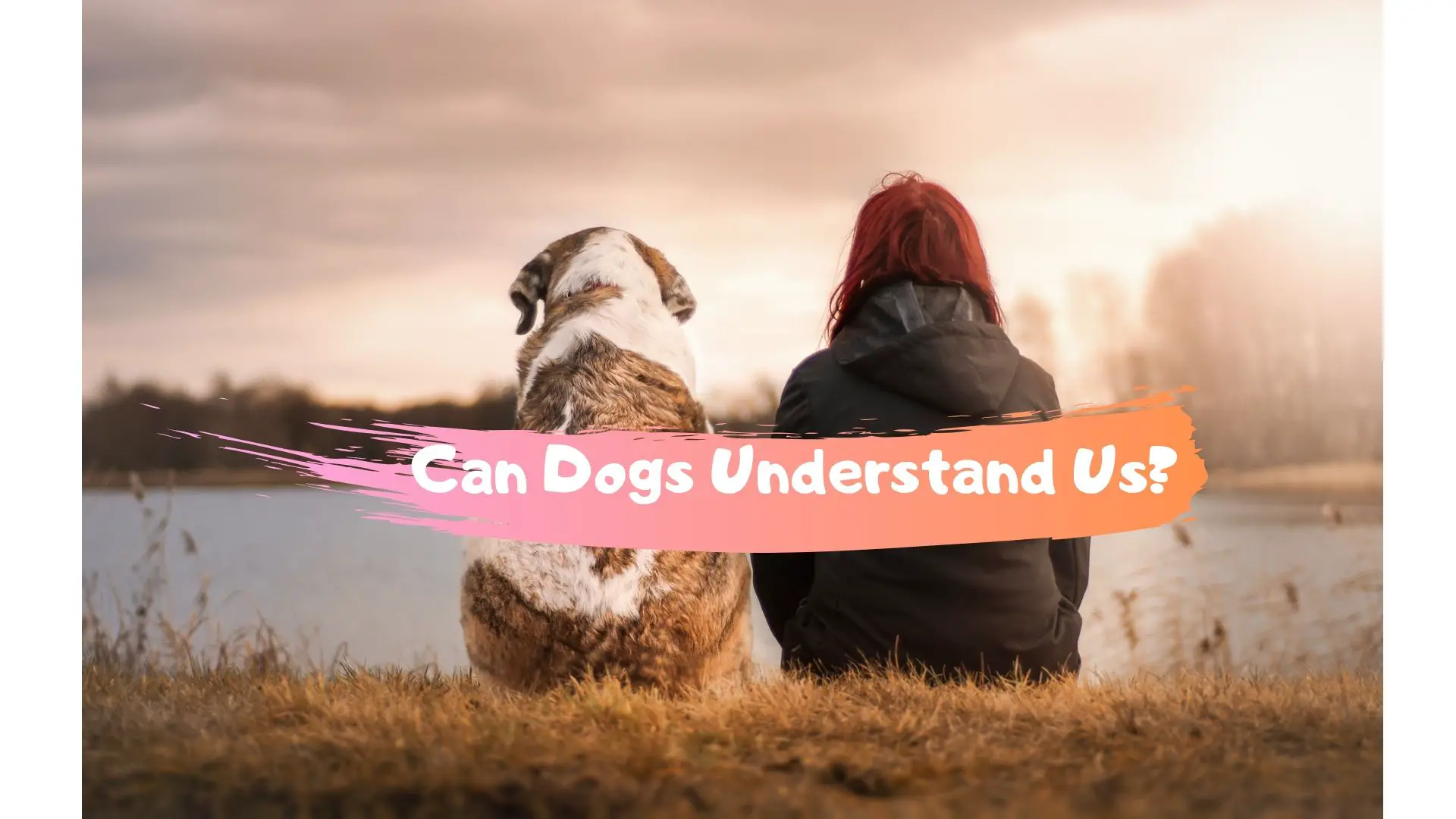We always find ourselves talking to our dogs as if they were humans like us, but do they actually understand what we are actually saying to them? Sometimes they correspond to what we are saying, while other times they seem to ignore us. So, which is it?
So, can dogs understand us? Yes, dogs are capable of understanding the words that we teach them. They mostly rely on emotional cues to understand and learn the words we’re attempting to teach them. However, they’re also capable of differentiating between gibberish and meaningful words.
Could it be true the dogs can genuinely understand what we’re saying to them? How were we able to discover that, and is there any scientific proof to back up these claims? Continue reading this blog post to learn more about whether dogs can actually understand what we’re saying to them.

Table of Contents
Can dogs understand what we are saying?
Dogs can understand what we are saying. However, they don’t just simply understand the meaning of the words that we’re speaking from the very first time. If dogs weren’t able to learn to understand what we’re saying to them, then they would not be to get potty trained or even be able to take commands
Your dog might not be capable of understanding the meaning of the words that you are saying at first, but when you combine those spoken words with vocal cues, emotional cues, body language, and using positive reinforcement over and over again, they will eventually understand the meaning behind your spoken words.

Let us look at a real-life example to understand how dogs can understand us. One of the things dog owners must train their dogs is to stop biting people. To do that, we have to simulate what puppies usually do when they’re enjoying their playdate with eath other.
Let us say you are playing with your four-legged best friend and they get too excited while playing with you that they want to bite you. In their mind, they’re just playing with you; however, it is still not acceptable.
First, you are going to move your hand away from your dog and say, “No!”. Let us assume that this is your first time saying no to your beloved pooch, so they probably don’t understand what no means.
But, you have moved away from them, which could make them wonder why you did that, and if it is somehow connected to you saying no.
Next, you’re going to turn away from them so that you’re no longer facing them. This is considered to be a form of communication using body language, so you are building the bridges of communication using multiple methods.
Then, you are going to whimper out a bit, which is a type of vocal cues that dogs already understand because they use it often when they are communicating with each other.
When two puppies are playing with each other, and one gets hurt during the rough play session, the hurt dog whimpers. The other dog understands that the hurt puppy is in pain because of something that they did, and thus, they stop playing so roughly.
Finally but not least, give your dog some treats when they stop biting you. By doing so, you’re practicing what is known as positive reinforcement. Positive reinforcement is when you reward your dog for doing the right thing, yet turn a blind eye when they display bad behavior.
If you keep repeating these steps every time they attempt to bite you, your dog is eventually going to understand what the word “No!” means. When they know the meaning of the word, you won’t need to use other forms of communication while saying the word no.
By the way, if you want to learn more about how you can stop your dog from biting you, then make sure you check out my How to Train A Puppy Not to Bite blog post.

How to communicate with your dog
Communication is a rather complicated thing, even if it is just two humans talking to each other. One could say the same word twice using a different tone with each one, and the resulting meaning of the word is going to differ vastly. It is the same thing with dogs.

However, dogs rely more on vocal tone rather than spoken words. Sure, your dog can respond to the commands that you’ve taught them.
However, they only understood what words like “Come!” “Sit!” “No!”, and “Good Boy!” because they associate these words with specific body languages, action, and vocal cues such as tone.
For example, the tone you use while saying, “No!” significantly differs for when you are telling them, “Good boy!”.
Your dog is probably not going to understand the meaning behind the words you are speaking when you are talking about how Shane from working was being a jerk to you.
However, they’re going to respond to the tone your using and your body language. They will understand that you are frustrated, sad, and in need of some comfort.

Signs to look for while you are communicating with your dog
There are some signs that you look for to know if your understands how you’re feeling or if they’re trying to understand what you are saying while you are talking to them.
If your four-legged best friend wags their tail, tries to huddle with you, tilt their head or even stares attentively at you, then they’re trying to understand what you are saying, and they might even know how you are feeling.
However, if your temper is terrible and you are practically yelling at them, then they might pull their tail and ears down, start growling, begin backing away because they don’t understand why you are so angry. They might think that you are actually mad at them.

The body language you see will depend on the tone you used while speaking to your dog. This explains why some of the reactions you are going to get from your dog are going to be positive, while others will be negative,
The tone you use and the emotions that are going to infuse your words have a significant impact on what type of sign your dog is going to show when you are talking to them.
Please note that dogs are such sensitive creatures, so they are susceptible when it comes to others’ emotions and tones.
So if you speak to them in a very harsh tone, then you might notice that your dog is flattening their ears, walking away from you, putting their tail between their legs, and even growling at you.
Happy tones will make your pooch jump up and down, wag their tail, run around you, and even lick your face.

Can dogs understand kisses?
Your dog isn’t going to understand what is happening when you kiss them. For them, it is a brand new territory.
Dogs can show their affection by licking you, but they don’t understand that kissing is the human version of that.
Your dog will understand that you’re doing something, but they are not going to realize that you’re kissing them.
However, as time passes by, they will be able to understand that these kisses are a sign of your affection from your body language and the tone you use while speaking to them before or after the kisses.

Can dogs understand hugs?
Just like with kisses, don’t really understand what a hug means because it is not something that they do among each other.
However, as time passes by, they will understand that hugs are considered to be acts of affection via external conditioning.
They might eventually end up enjoying getting hugged, or at least begin to tolerate it.
Please note that if your dog always acts negatively when you hug them, then you shouldn’t try to enforce it on them.

Other questions related to if dogs can understand what we’re saying
Can dogs understand each other?

Yes, dogs can absolutely understand other dogs mostly via body language. Since they don’t use words as a form of communication, they are actually capable of understanding each other no matter which country they come from.
Do dogs name each other?
The only time dogs are going to understand each other’s names is if they were raised together. Dogs are capable of understanding their own names because of external conditioning; however, dogs don’t name each other.
P.S: Dogs don’t start conversing with each other by exchanging their names.
Do dogs name objects as we do?
Nope! Dog don’t name anything. They are indeed capable of understanding the names of other things when their pet owners teach them that. However, they’re not capable of doing that on their own.
Dogs understand the world differently than us. They view the world as concepts, which is why they’re capable of responding to things much faster than we do.

That’s is it for today’s post. You should know how dogs understand us. If you have any questions regarding today’s topic, then feel free to leave us a reply in the comments section down below.

